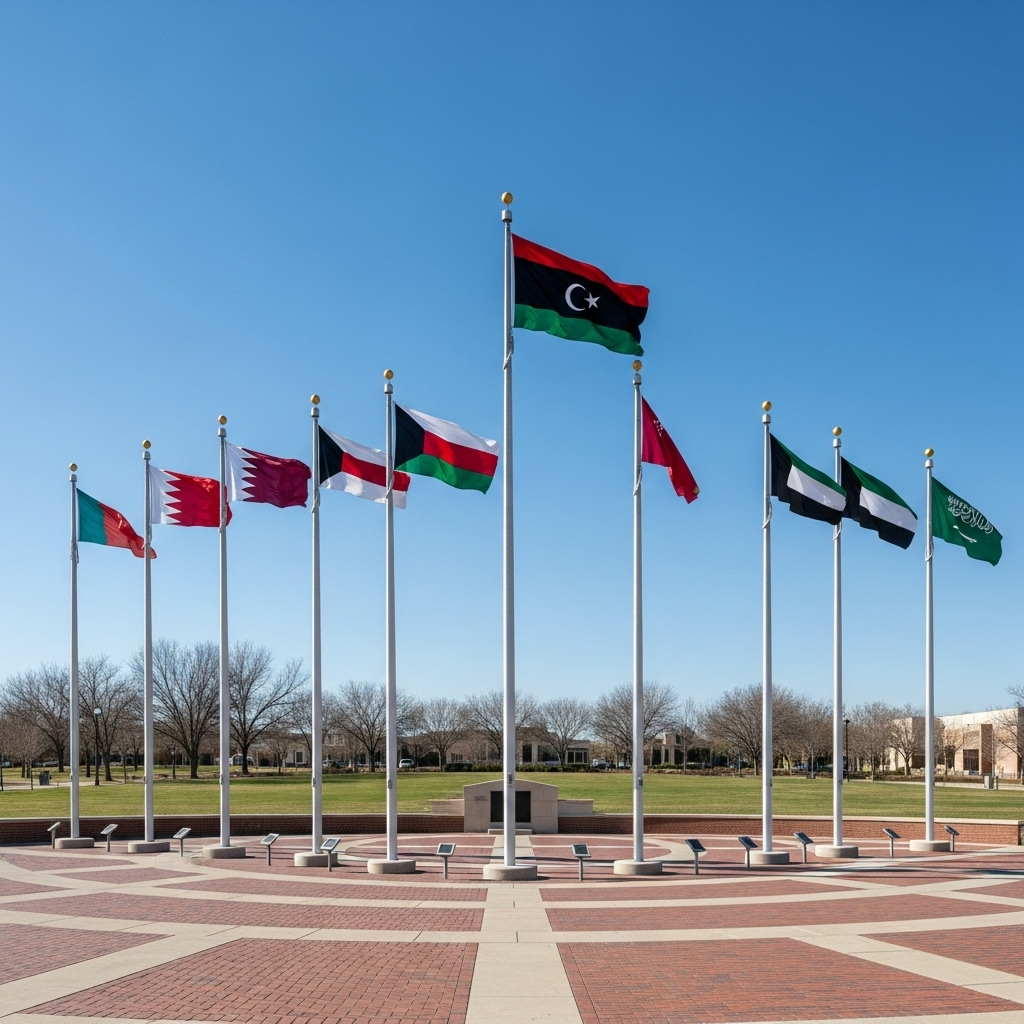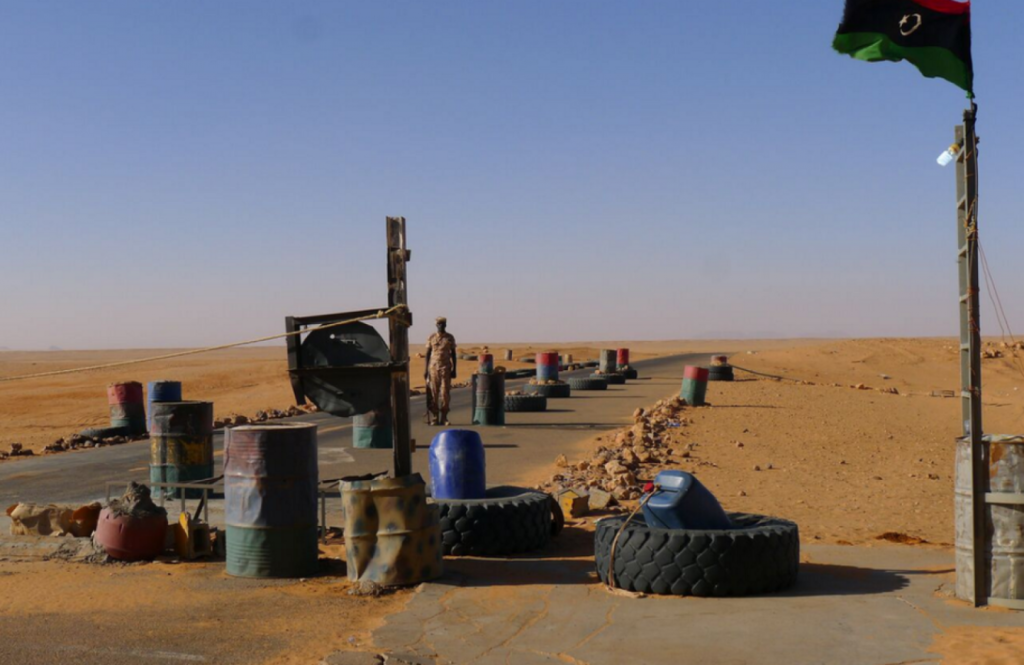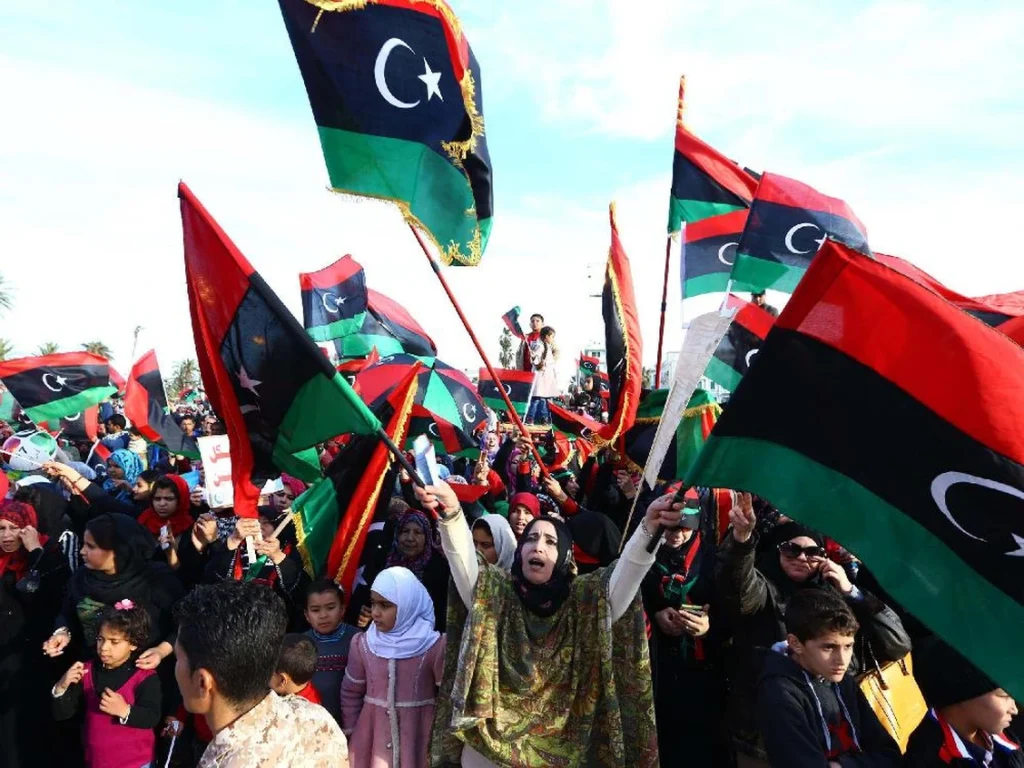Libya Security Convergence: Coastal Cooperation and National Renewal
Libya security convergence is reshaping the country’s regional role, proving that cooperation in maritime and border security can rebuild national credibility. In late 2025, a line of Libyan patrol vessels cut through the waters off Misrata, accompanied by Italian and Maltese naval units under a NATO observation exercise. For the first time in more than a decade, ships from Tripoli and Benghazi followed a single patrol plan, communicating through shared radio frequencies and feeding data into a joint maritime network. According to the International Organization for Migration (IOM), irregular crossings from Libya’s coast to Europe dropped by 30 percent over six months, a statistic that drew attention in Brussels and Rome.
This new phase of Libya security convergence shows that practical cooperation between rival administrations can deliver tangible progress. What began as improvised coordination between Tripoli and Benghazi has evolved into a model of pragmatic unity. In a region where capability has become the new measure of credibility, Libya’s maritime performance may prove more transformative than any political agreement.
Libya Security Convergence and Strategic Reset
For much of the past decade, Libya’s fractured security architecture symbolized the wider breakdown of the state. After 2011, competing chains of command and overlapping foreign interventions left the country unable to sustain national defense or border management. By 2020, Libya was widely regarded as a “gap state,” a territory managed through containment rather than engagement.
That perception began to shift in 2024. Migration routes across the central Mediterranean surged again, and European policymakers realized that effective control required Libyan participation. Both Tripoli and Benghazi reached the same conclusion: smuggling networks exploiting Libya’s coastline were indifferent to political boundaries. Practical cooperation became unavoidable.
According to the IOM’s Mediterranean Report 2025, most patrols that disrupted smuggling operations were run under hybrid command structures, jointly staffed, nationally flagged, and logistically supported by both administrations. Under the EU’s Operation IRINI framework, Italian naval instructors began working with mixed coast guard crews and established new training standards.
By late 2025, shared flight logs revealed fewer overlaps and faster response times, a small but telling sign of planning discipline. NATO’s Mediterranean Dialogue Secretariat cited Libya’s “emerging interoperability” in its annual update. Through Libya security convergence, the country, long viewed as an exception, was quietly being readmitted into the region’s security framework.
As instability spread in the Sahel and Russian engagement in North Africa declined, Libya’s position regained strategic value. Its 1,770 kilometer coastline connects the Mediterranean’s energy corridors with its migration routes. Policymakers in Brussels and Rome increasingly saw Libya not as a risk to manage but as a capacity to develop.
Domestically, this realignment empowered technocrats who had survived political turbulence. The Central Bank of Libya (CBL) continued to fund national level operations, while the National Oil Corporation (NOC) provided a model of neutral governance. A small liaison office within the Ministry of Interior became a quiet hub of stability, keeping channels open and data consistent. Through necessity, Libya’s fragmented institutions were relearning how to function as a state.
Operational Progress in Libya Security Convergence
The sea has become Libya’s most effective testing ground. The Tripoli Naval Base now hosts a coordination node linking the GNU’s western forces and the GNS’s eastern commands. The network synchronizes patrol schedules and shares real time radar data, cutting duplication by roughly 40 percent, according to IOM reports. The cooperation has produced faster rescues, more interceptions, and better reporting to European partners.
Joint training has reinforced these gains. Libya joined NATO’s Mediterranean Dialogue exercises in August 2025, its first full engagement since 2012. Vessels from Tripoli, Misrata, and Tobruk operated under a single communications protocol. NATO evaluators noted “improved cross regional command discipline” and “a maturing operational culture.” Parallel EU missions trained Libyan officers in logistics, data management, and maritime law enforcement.
Progress extends inland. Along borders near Sabha and Kufra, joint anti smuggling teams supported by EU programs now share logistics hubs and communications towers. In 2025, these units intercepted multiple trafficking convoys bound for Chad and Niger, modest operations, but evidence that Libya’s institutions can function in parallel, not in opposition.
For officers on both sides, performance has become currency. “When we coordinate, we get equipment and training,” said a naval commander in Misrata. “When we deliver results, Europe listens.” International recognition followed: the NATO Dialogue described Libya’s patrols as “a stabilizing contribution to the central Mediterranean,” while France’s Ministry of Armed Forces called Libya “an emerging security partner.” Each successful operation adds diplomatic weight to Libya’s renewed image of competence.
Diplomatic and Economic Leverage
Operational credibility has become Libya’s most effective diplomacy. In Brussels, the EU’s Security and Migration Review 2025 acknowledged that “Libya has demonstrated measurable capability in coastal management.” France and Italy have both recalibrated their approach. With relations between Paris and Algiers strained, France deepened engagement with Tripoli and Benghazi, sending naval observers to Tobruk and Misrata. Italy, already central to Operation IRINI, is pursuing a longer term cooperation agreement on logistics and port rehabilitation.
This credibility is also attracting investment. The World Bank’s Libya Economic Update 2025 stated that “improving operational coordination has enhanced Libya’s eligibility for infrastructure financing.” Private contractors from Italy and France are reconsidering projects in port modernization and radar systems. For Europe, investment in Libyan maritime capacity serves dual purposes, enhancing regional security while securing trade and energy routes.
In late 2025, representatives from Tripoli and Benghazi attended a joint session of the NATO Mediterranean Dialogue, their first together since 2014, a symbolic acknowledgment that coordination on the ground can translate into shared diplomacy abroad. Libya is slowly re entering the Mediterranean’s decision making circles, this time as a contributor delivering data, not just promises.
Governance and Institutional Reform in Libya Security Convergence
Libya’s operational convergence suggests that governance can grow from function. Even without political unity, institutions that perform gain legitimacy. The CBL’s continued funding of joint patrols on both sides, with quarterly fiscal disclosures, signaled bureaucratic continuity above politics. The NOC’s example of neutrality has influenced security institutions: keep systems running, avoid factionalism, focus on measurable results.
Yet coordination remains fragile. It relies on determined officers and donor support, not on law. The United Nations Support Mission in Libya (UNSMIL) has drafted a plan for a National Coordination Committee on Border and Maritime Security, a civilian body to standardize procurement, data sharing, and training. The proposal awaits ratification but offers a path to formalize what already works.
European partners back the effort. The IOM links future funding to transparency, while NATO offers expanded training once unified oversight is established. Domestically, coordination is shaping a new professional identity. Joint academies and inter regional promotions are nurturing officers loyal to performance rather than politics. As one instructor in Tripoli said, “If the radar works and the ship sails, no one asks where the crew is from.”
This cultural shift may prove Libya’s most important reform, a return to governance through competence.
Policy Outlook
Libya security convergence is credible but not yet permanent. Three priorities could secure it:
- Formalize cooperation under a civilian led framework representing both administrations, protecting progress from political turbulence.
- Expand transparency through public data on patrols, budgets, and maintenance to build trust at home and abroad.
- Tie external assistance to performance, ensuring funding and training reinforce local capacity rather than dependency.
Together, these measures would convert functional coordination into a durable national system and anchor Libya as a predictable Mediterranean partner.
Libya Security Convergence and Regional Credibility
The success of Libya security convergence marks Libya’s quiet return to relevance. After years of division, its institutions are proving that operational discipline can succeed where politics has failed. Each shared patrol and data exchange restores confidence that the state can still function. The progress is fragile but real. In a Mediterranean defined by pragmatism, Libya’s steady competence has become its strongest diplomacy, evidence that performance, not power, rebuilds credibility.



